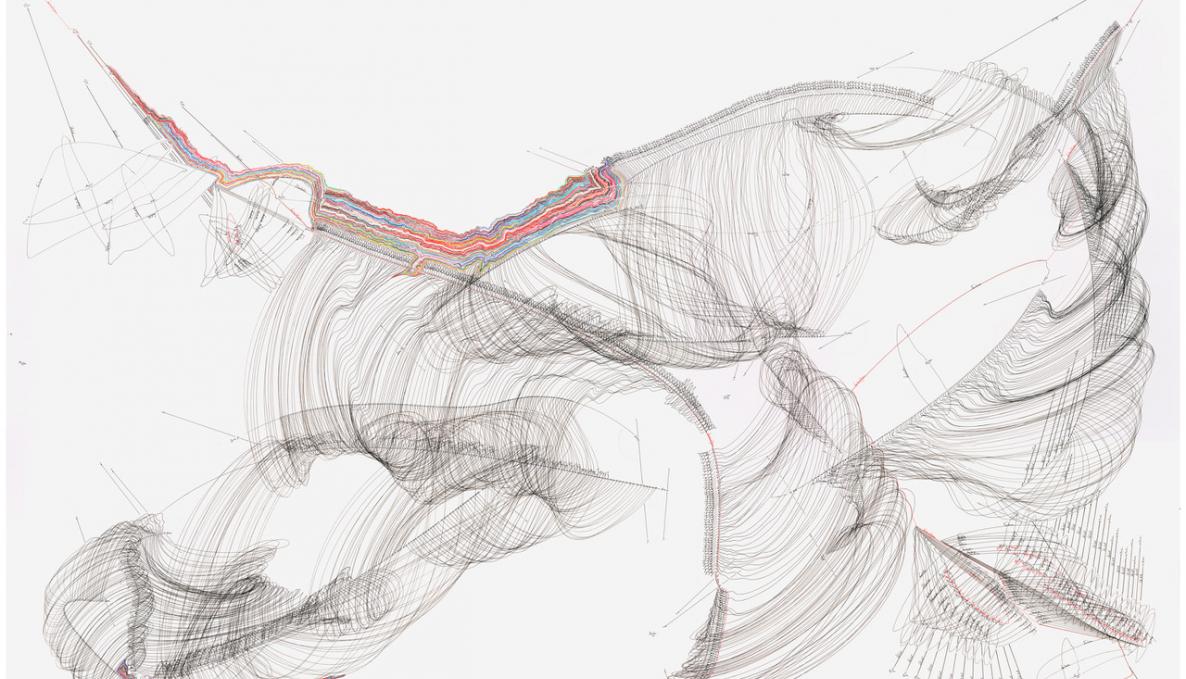Brain Dynamics Laboratory

Neuronal dynamics is the result of a multitude of biological processes that coexist and interplay at different time scales. A key challenge of computational neuroscience is to understand which elements of this complex dynamics encode information and ultimately drive behavior.
Clever experimental designs, with controlled sensory stimulations, limited behavioral choices, and statistical analyses targeting key task windows, allowed, over the years, to make tremendous progress in our understanding of the brain. These approaches, however, come with some limitations: the extended repetitions of stereotyped responses might in fact induce behavioral strategies far from those otherwise favored in naturally expressed behaviors; moreover, restricting the investigation to task epochs set a priori might affect the understanding itself of self-paced and time distributed cognitive functions or behaviors, such as planning, decision making, or social interaction.
Unsupervised data mining constitutes, in this regard, a powerful opportunity. While it is not always possible to establish a priori the exact moment in which a specific cognitive function is executed, every time this happens the trajectory associated with the animal’s neuronal activity will traverse the same region of the neuronal state-space. Thus, we can uncover neural correlates of perceptual and cognitive functions by layering experimental evidence, until reoccurring dynamical structures emerge as coherent manifolds and can be captured by mining techniques.
The Brain Dynamics Laboratory uses computational modeling and machine learning to construct functional models of cognitive functions and investigate the grammar of the neural code.





